15 April, 2022. By Sherri Mastrangelo
A follow-up to last week’s post, where I discussed “Leave Blank A”, codes that referenced relationships to the head of household in the 1950 U.S. Federal Census. Today’s post will show you the meaning of the codes in “Leave Blank B”, found between “Column 13: What State (or foreign country) was he born in?” and “Column 14: If foreign born - Is he naturalized?”.
Excerpt taken from 1950 Census of Barnstable, Massachusetts, ED 1-1, page 23, found on 1950census.archive.gov
As mentioned in the previous post, these codes were added later, after the enumerator had handed in their work, as part of the editing process. After the census data was collected it needed to be translated into codes on punch cards that the machines could read, and then tabulate into statistical information.
You’ll remember in the first leave blank column the codes were 1 for head of household, 2 for wife, 3 for children, and so on up to number 9 for lodger - then a few letters, like X for the head of an institution, and V for patient or inmate. In the government publication The 1950 Censuses - How They Were Taken, written by the U.S. Bureau of the Census in 1955, it explains how they were limited to these codes because of the technology at the time, sharing that “only the numerals, 0 to 9, and the letters, X and V, can be punched on that card…Consequently, all data to be punched on the cards and run through the tabulating machines must be converted to those symbols.” - (U.S. Bureau of the Census)
Within that same helpful resource they give us the following tables, showing first the state codes, and then the foreign country codes, used respectively in “Leave Blank B” depending on the location of birth of the individual listed in the census. If the individual was born in the same state that the census was taken, this column was left blank as it could be quickly coded.
Above tables excerpted from The 1950 Censuses - How They Were Taken written by the U.S. Bureau of the Census, Washington, D.C., 1955.
In the following table, we see the coding methodology for this column. You’ll notice that a “0” is entered before a number code for a state, so is someone was born in Maine it would read “011”, and that a “1” pre-empts the code for a foreign country ONLY if that person has citizenship, and so on.
Above table excerpt from The 1950 Censuses - How They Were Taken written by the U.S. Bureau of the Census, Washington, D.C., 1955.
Excerpt from the 1950 Census of Burrego, San Diego, California, ED 37-1, page 5 as found on 1950census.nara.gov
In the census excerpt above we can see the codes in Leave Blank B for individuals born in the Philippine Islands (53) and below that, Mexico (62), each pre-empted by a “1” if a citizen and “2” if not, which matches up to the naturalization information (yes / no) in the column to the right.
Excerpt from the 1950 Census of Los Angeles, Santa Monica, California, ED 74-2, page 14, as found on 1950census.nara.gov
In the example above you’ll note a “V” pre-empting the country code for Germany (22). If you look back at the methodology chart above, you’ll see a “V” just means citizenship information was blank or left unknown.
To summarize, these codes written in Leave Blank B tell us the same information as columns 13 and 14, where this individual was born and their citizenship. Deciphering these codes can help us if the items in column 13 and 14 are missing or illegible, but otherwise not so useful. However, I feel it is important as researchers to understand the meaning behind all the codes and information written on the census, as with other records, to get the whole picture. Would you agree?
Stay tuned for part 3, “Leave Blank C”.
The Source:
U.S. Bureau of the Census, The 1950 Censuses - How They Were Taken, Washington, D.C., 1955.
*Note this file was found on “1950 Overview” (https://www.census.gov/history/www/through_the_decades/overview/1950.html) in a downloadable zip file.
Related post: “Revealing Codes in the 1950 Census: Leave Blank A”














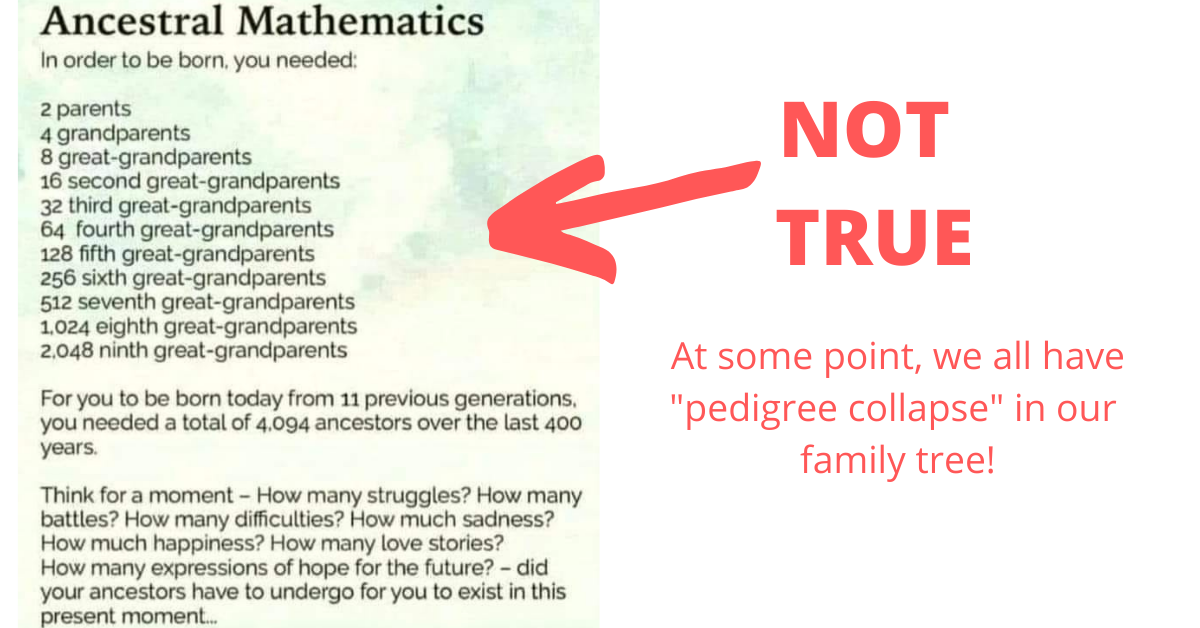
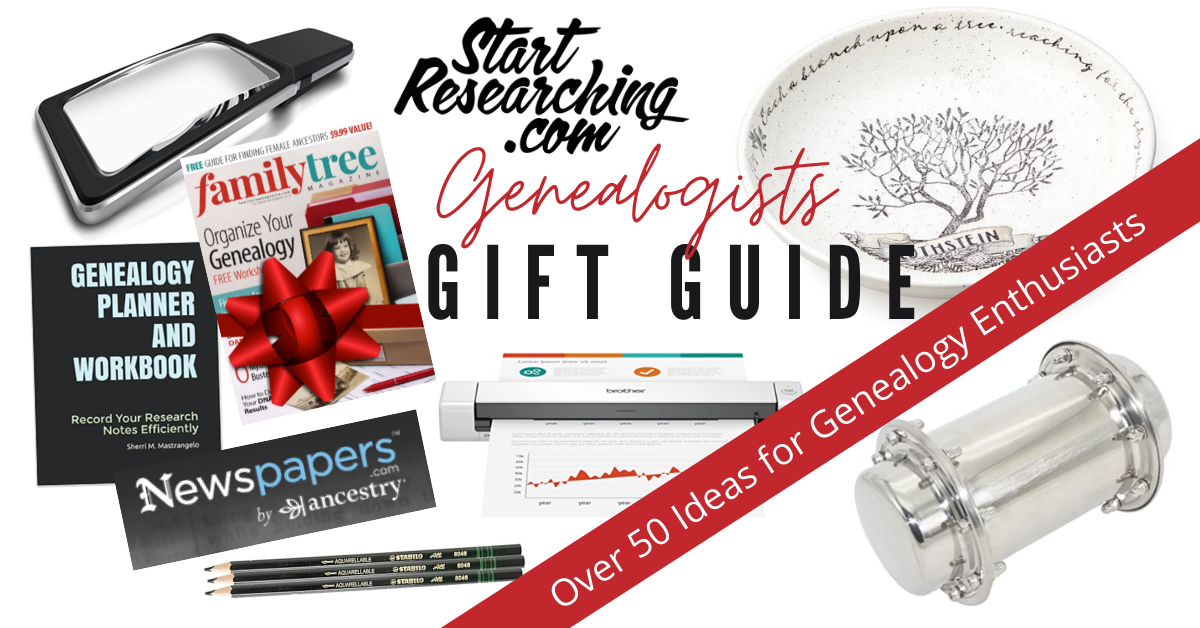




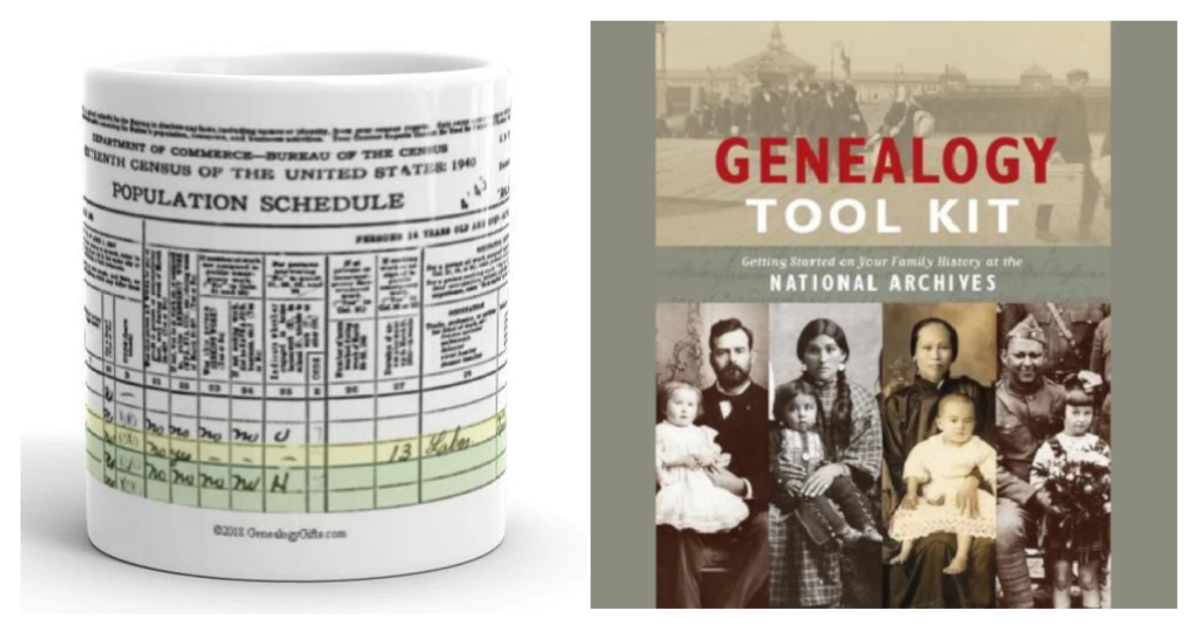
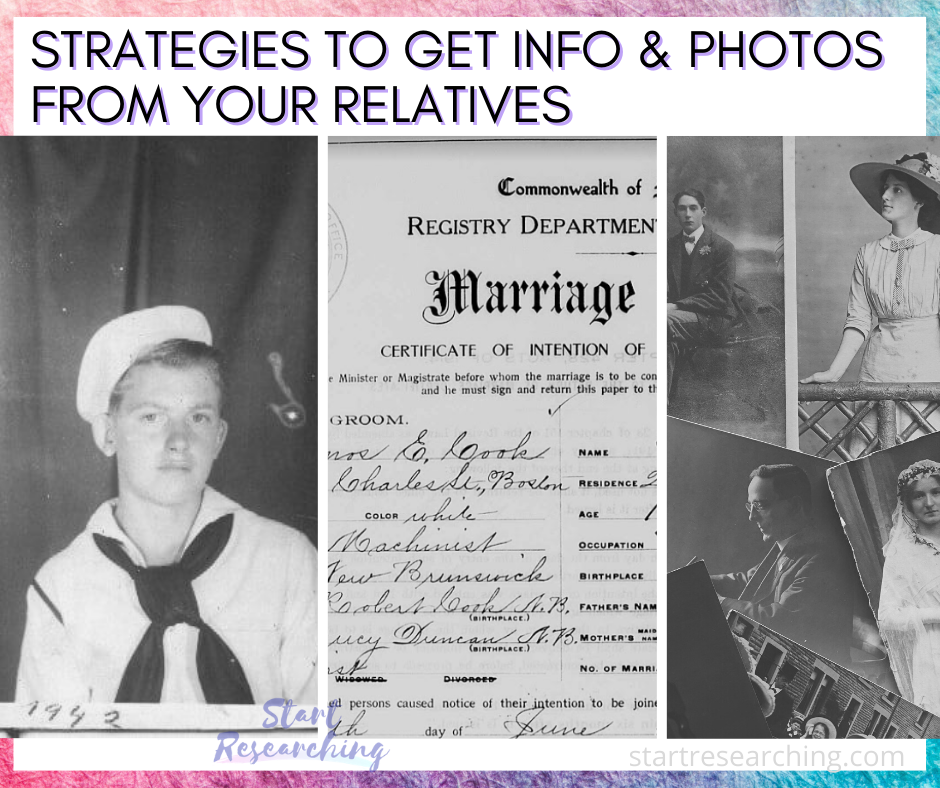


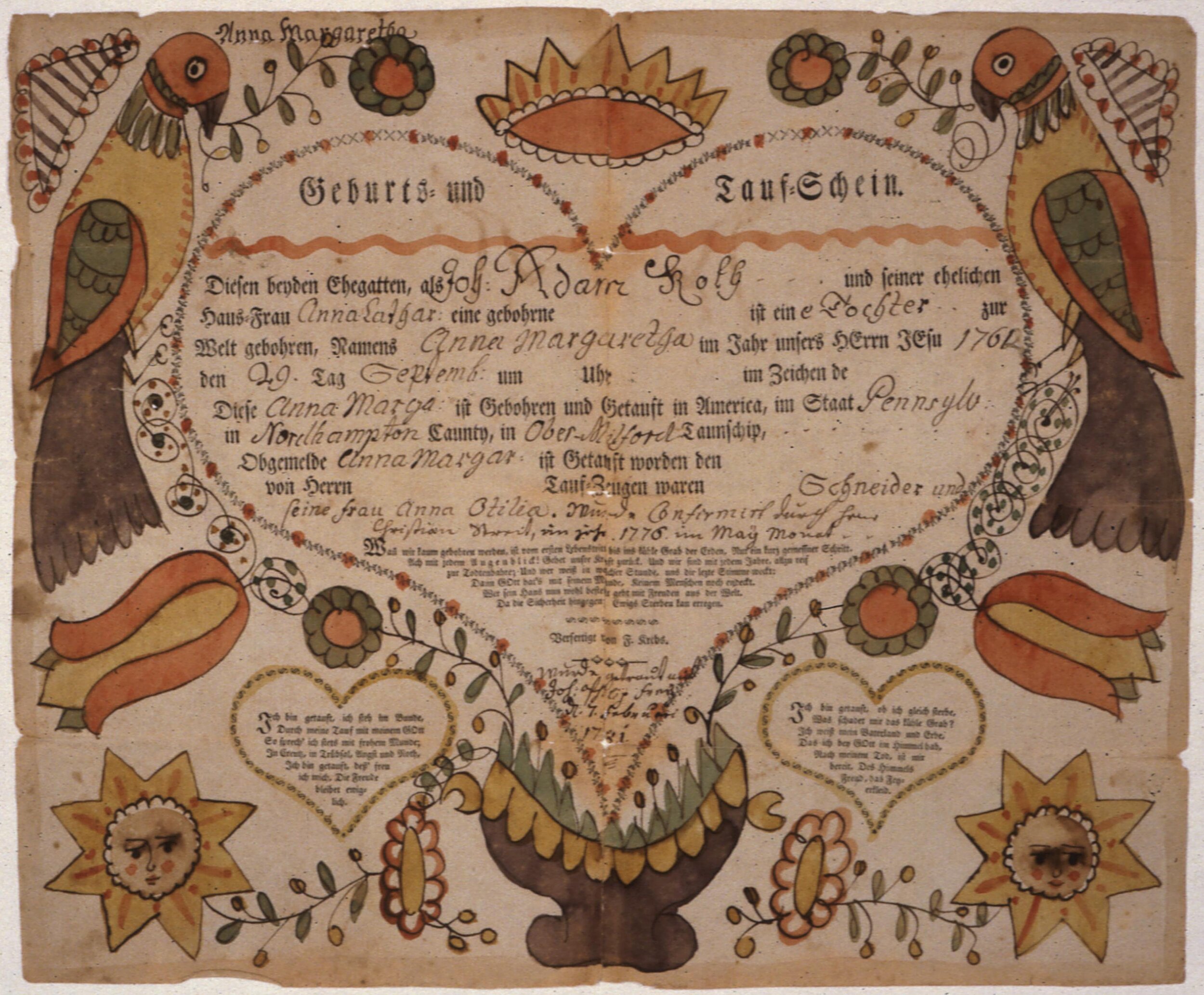


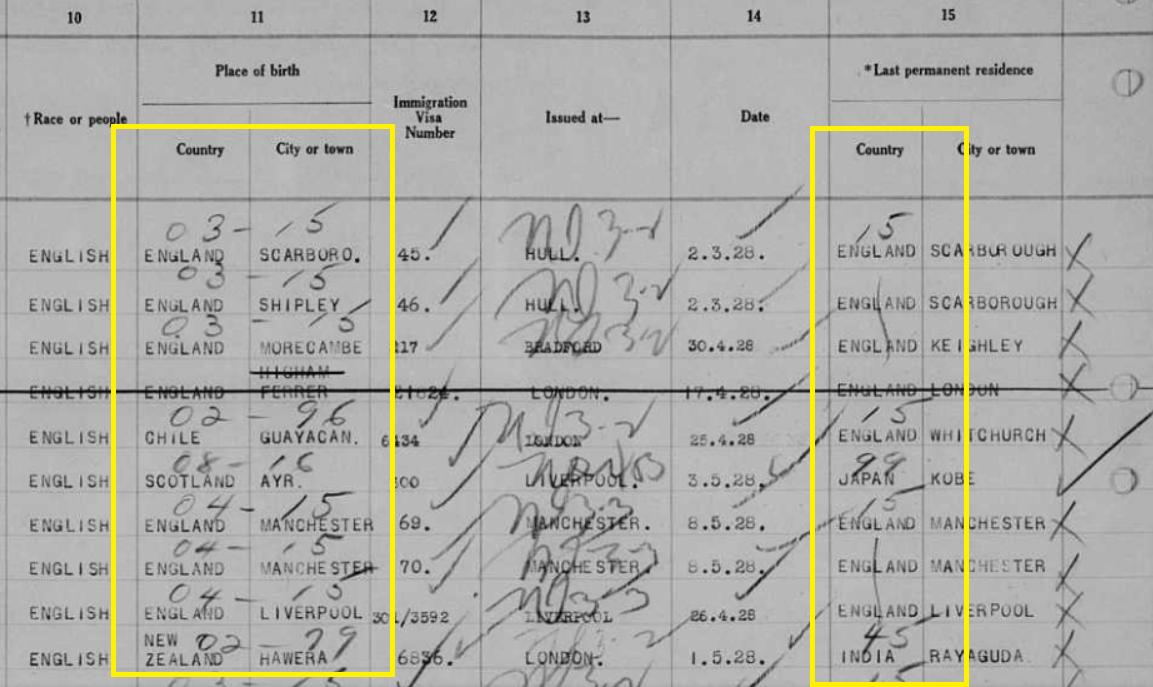





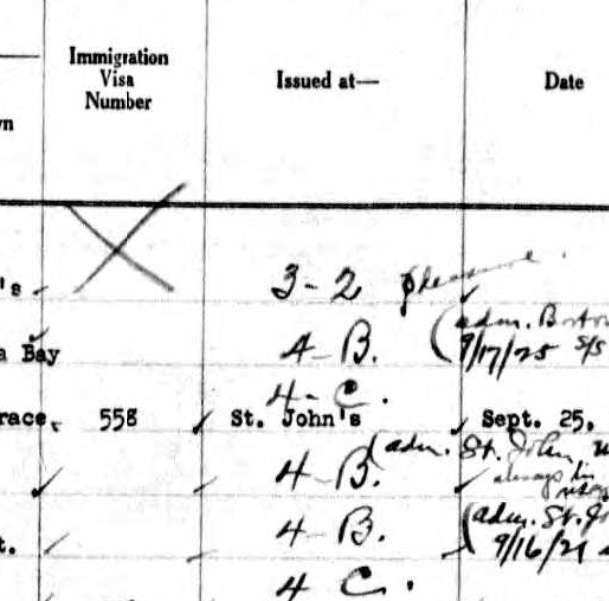














![Caption reads “Henry Standing Bear [Top], Wounded Yellow Robe [Left] Chancy Yellow Robe [Right]: Sioux boys as they entered the school in 1883 [on the left side], Three years later [on the right]”. As found on the Internet Archive, in the book “Souvenir of the Carlisle Indian School” by J.N. Choate, 1902.](https://images.squarespace-cdn.com/content/v1/5e18c9db5f83dc089c81b8bb/1627336381892-SAHIE4QPCUEZIKRP4ANQ/yellow+robe.png)






![In the left column it says “U.S. born” and underneath the abbreviation “do” for “ditto” is written three times. Would you have noticed all of the Di Lorenzo children where born in the U.S. looking at this? There are also quotation marks meaning same as above / child in the far right column... Ancestry.com, New York, U.S., Arriving Passenger and Crew Lists (including Castle Garden and Ellis Island), 1820-1957. Year: 1905; Arrival: New York, New York, USA; Microfilm Serial: T715, 1897-1957; Line: 1, Page Number: 41.[Database-on-line] Provo, UT. Ancestry.com Operations, Inc., 2010.](https://images.squarespace-cdn.com/content/v1/5e18c9db5f83dc089c81b8bb/1620786931498-A57FIX57NFLGMRWD9OWN/ditto+abbreviated+do.png)

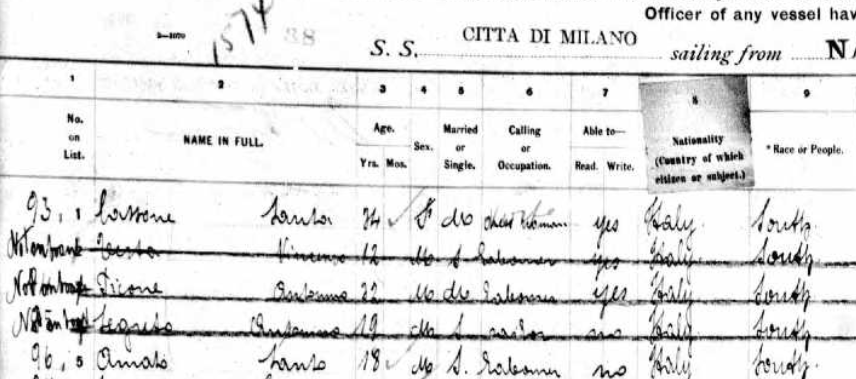

![In between the Family Name and Given Name, we see the initials "“DEP”. Ancestry.com, Massachusetts, U.S., Arriving Passenger and Crew Lists, 1820-1963. Record Group Number: 85; Series Number: T843; NARA Roll Number: 291. [Database-on-line]. Provo, UT. Ancestry.com Operations, Inc., 2006.](https://images.squarespace-cdn.com/content/v1/5e18c9db5f83dc089c81b8bb/1620753142824-2I1NZ942SRWG4LSRA19O/dep.png)








